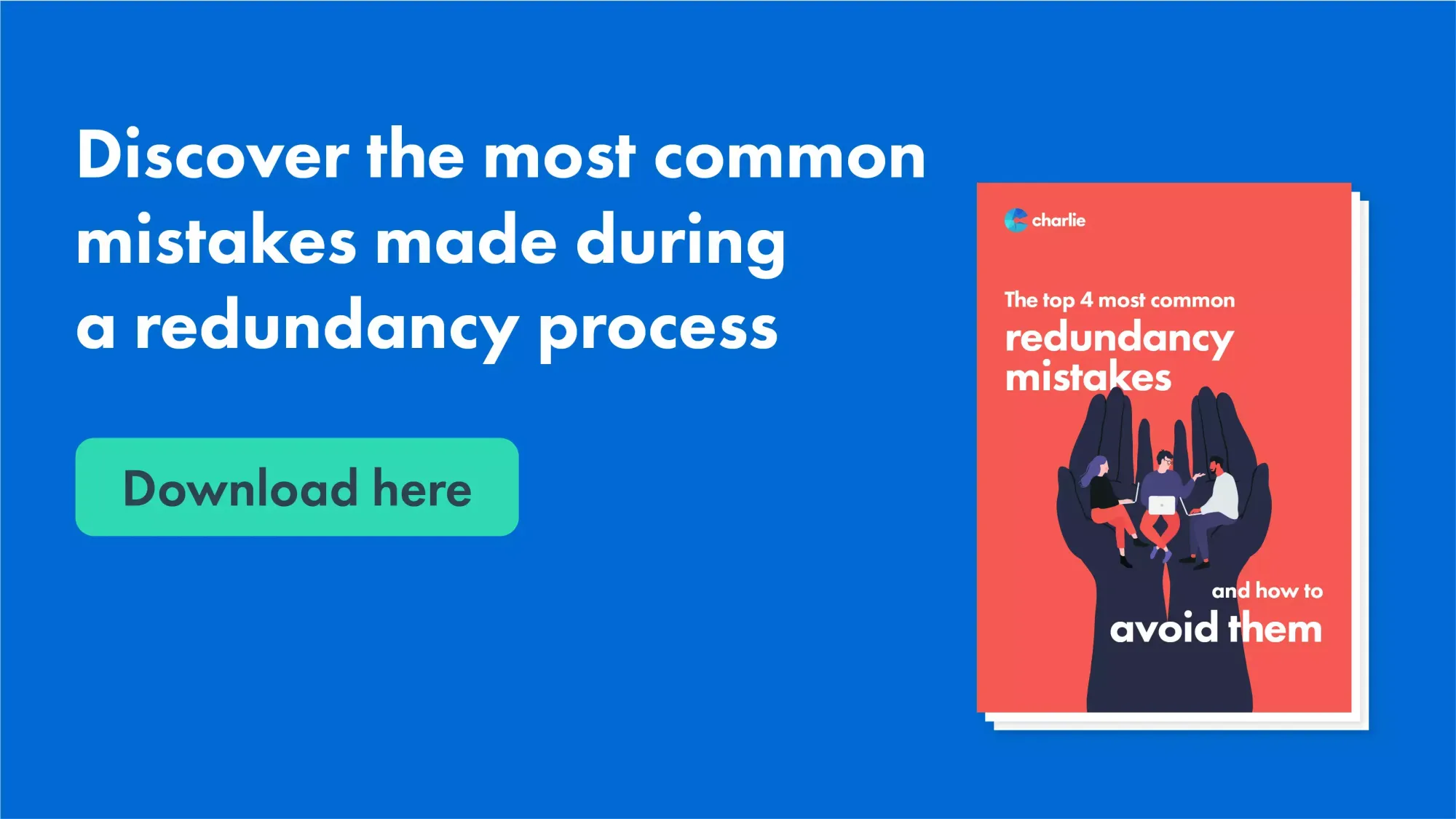Who Pays Redundancy Money? A Thorough Guide for Employers and Employees
Who Pays Redundancy Money? A Thorough Guide for Employers and Employees
Blog Article
Discovering the Operational Characteristics of Company Redundancy and Its Long-Term Sustainability

Redundancy Strategies for Service Continuity
In order to guarantee undisturbed operations, companies need to implement effective redundancy approaches for organization continuity. Redundancy in this context describes the replication of vital elements or features within a system to mitigate the influence of possible failings. By integrating redundancy methods, organizations can enhance their durability against disruptions caused by different factors such as natural calamities, tools failings, or cyber-attacks.
One usual redundancy technique is the implementation of back-up systems and data storage services. This includes producing matches of crucial data and systems that can be activated in case of a primary system failure. Additionally, organizations can establish redundant communication channels and source of power to keep connection and procedures throughout unexpected events.
Moreover, cross-training workers to execute several functions within the business can act as an important redundancy method. This makes certain that important tasks can still be performed also if key workers are not available because of disease or other reasons. On the whole, efficient redundancy strategies are essential for organizations to promote functional connection and lessen the influence of possible disturbances.
Impact of Redundancy on Business Resilience
Given the crucial role redundancy techniques play in ensuring business connection, exploring the influence of redundancy on organizational resilience becomes important for understanding the alternative operational characteristics of a firm. Redundancy, when strategically carried out, can dramatically add to enhancing an organization's strength in the face of unanticipated obstacles.
Additionally, redundancy can reinforce worker morale and confidence, recognizing that there are backup plans in place to address unanticipated conditions. This feeling of protection can result in increased productivity and a more favorable work setting. In addition, redundancy can cultivate innovation and creativity within an organization as employees feel equipped to take calculated risks, knowing that there is a safeguard to sustain them in instance of failure. In general, the impact of redundancy on organizational resilience is extensive, forming the long-lasting sustainability and success of a business.
Stabilizing Effectiveness and Adaptability in Redundancy
Achieving a harmonious stability in between functional effectiveness and adaptive adaptability is a pivotal challenge in the tactical implementation of redundancy within organizations. Also much flexibility without a strong functional structure can result in inefficiencies and disparity.
To balance performance and flexibility in redundancy planning, companies need to meticulously assess their operational needs, market dynamics, and tactical objectives. Implementing lean practices can enhance efficiency by streamlining procedures and getting rid of waste, while promoting a society of versatility and constant improvement can increase adaptability. Furthermore, investing in cross-training programs and robust communication networks can aid grow a flexible workforce with the ability of dealing with diverse jobs during periods of change. Inevitably, discovering the appropriate balance between efficiency and flexibility is important for building a lasting and resistant organization in the face of uncertainty.
Long-Term Sustainability Through Redundancy Preparation
To make sure long-lasting practicality and stability, companies have to strategically straighten their redundancy preparation with lasting sustainability objectives, thereby balancing functional effectiveness with adaptive flexibility. Long-term sustainability with redundancy preparation includes more than just temporary cost-cutting procedures. check that It needs an extensive tactical strategy that expects future obstacles and opportunities. Firms should check out redundancy not as a responsive solution to instant troubles but as a positive strategy for long-lasting success. By integrating redundancy planning with sustainability purposes, companies can create a resistant framework that can withstand various market fluctuations and inner adjustments.

Aggressive Actions for Lasting Business Workflow
Just how can firms proactively enhance their operational sustainability for long-lasting success? Applying proactive measures is crucial for firms aiming to ensure sustainable procedures.
Moreover, promoting a culture of continuous improvement and understanding within the company can improve versatility to altering market problems and consumer needs. Encouraging worker participation in decision-making processes and providing possibilities for professional advancement can boost morale, performance, and overall performance. Establishing clear objectives, keeping track of essential performance signs, and regularly assessing development are important parts of positive sustainability management.
Working together with providers, consumers, and other stakeholders to advertise sustainable practices throughout the supply chain find out this here can develop a surge impact of favorable effect - redundancy pay if company goes bust. By taking positive steps in the direction of operational sustainability, business can develop strength, drive innovation, and protect their long-lasting success in an ever-evolving company landscape
Final Thought

In the realm of organizational management, the critical implementation of business redundancy stands as a pivotal yet detailed method that requires a delicate balance in between operational effectiveness and long-lasting practicality. By studying the functional dynamics that underpin company redundancy and evaluating its wider ramifications for business resilience and flexibility, a nuanced understanding of just how redundancy techniques can form the future trajectory of a business begins browse around here to unravel.Offered the critical role redundancy strategies play in ensuring business connection, exploring the effect of redundancy on business resilience ends up being vital for recognizing the holistic functional dynamics of a firm. In general, the influence of redundancy on organizational durability is extensive, forming the long-term sustainability and success of a business.
In verdict, understanding the operational dynamics of business redundancy is important for ensuring lasting sustainability.
Report this page